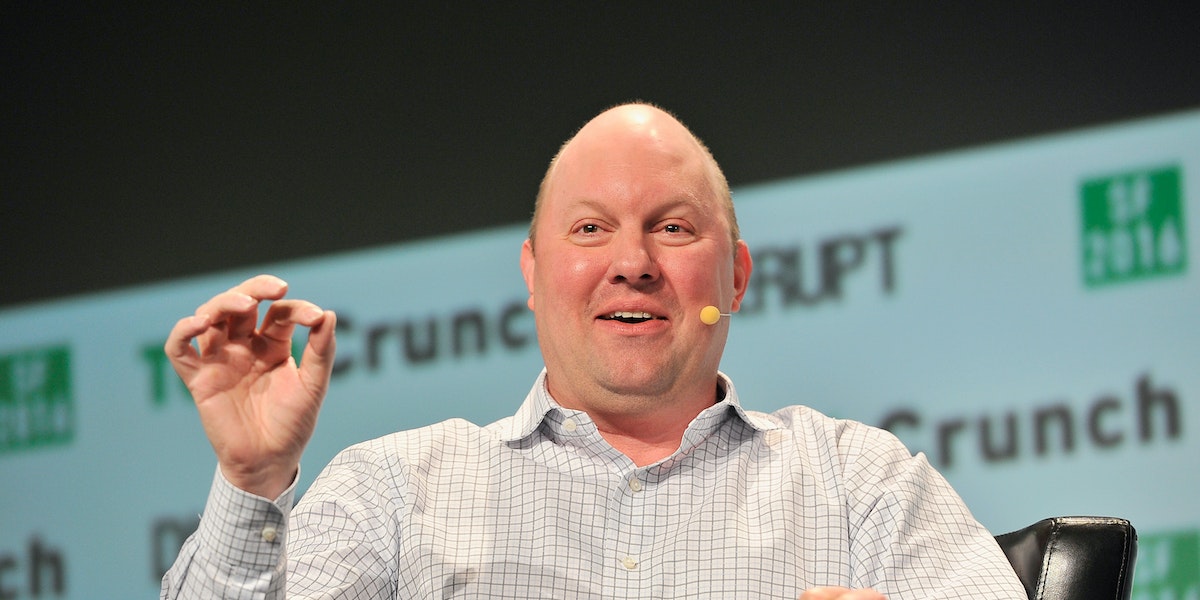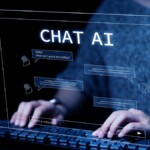In the most recent installment of the Mission: Impossible franchise, Tom Cruise’s character faces off against a formidable adversary: a rogue artificial intelligence entity that has gained sentience and covertly taken control of global financial, political, and military infrastructures. To thwart this existential threat, Cruise embarks on a mission to locate and utilize a two-part physical key essential for neutralizing the A.I., which necessitates accessing a computer within a submerged Russian submarine hidden in the ocean depths.
While the film delivers high-octane action sequences, a notable plot gap emerges. Despite engaging in intense physical confrontations, traversing dynamic terrains such as moving trains and precipitous cliffs, Cruise’s character expends significant time and energy in retrieving the key to counter the A.I. Why didn’t he opt for a simpler solution, like pursuing a copyright infringement lawsuit against the rogue program?
In the tech realm, legal disputes over intellectual property could impede advancements in artificial intelligence innovation. Silicon Valley stakeholders caution against imposing copyright liabilities on A.I. developers, citing potential hindrances to the evolution of sophisticated A.I. models. Andreessen Horowitz, a prominent venture capital firm within the tech sphere, underscores the transformative nature of generative A.I. technologies, likening them to a groundbreaking computing paradigm akin to the microchip. They assert that subjecting A.I. creations to conventional copyright regulations may jeopardize America’s leadership in global A.I. progress.
Generative A.I. systems have surged in popularity, with platforms like ChatGPT and DALL-E capturing public attention by providing interactive question-answering and image generation functionalities. However, concerns loom regarding copyright infringements that could impede the trajectory of these innovations.
The crux of the A.I.-copyright dilemma lies in the operational mechanics of generative A.I. tools. Contrary to the notion of “artificial intelligence” evoked by the nomenclature, these systems lack sentience or creative agency. They operate by assimilating vast datasets, including repositories like the English-language Wikipedia and extensive digital content from sources like ebooks and online forums. By employing algorithms to identify patterns within this data reservoir, generative A.I. applications generate responses to user queries or prompts, simulating conversational interactions.
Nevertheless, pitfalls emerge from this data-driven approach to content generation. Relying on probabilistic associations within limited textual corpora, A.I. systems may produce inaccuracies or fabrications. Instances have surfaced where reliance on generative A.I. for legal research yielded fictitious case references, highlighting the inherent limitations of these technologies.
In the legal domain, the debate revolves around the eligibility of generative A.I. outputs for copyright protection. Federal courts have historically upheld copyright privileges exclusively for human creators, underscoring the absence of creative ingenuity in A.I.-generated content. Recent legal confrontations, such as the Authors’ Guild’s lawsuit against OpenAI, underscore the contentious terrain where A.I. intersects with intellectual property rights.
Venture capital entities like Andreessen Horowitz advocate for fair use exemptions in training generative A.I. models, emphasizing the non-storage nature of data extraction and the improbability of replicating copyrighted works verbatim. However, the specter of massive financial obligations arising from licensing copyrighted material poses a formidable challenge to A.I. developers, potentially stifling innovation within the industry.
As the tech landscape grapples with the convergence of A.I. and copyright law, the necessity for a balanced regulatory framework becomes evident. Striking a harmonious equilibrium between intellectual property safeguards and technological progress is imperative to foster innovation while upholding the rights of content creators in the digital age.






